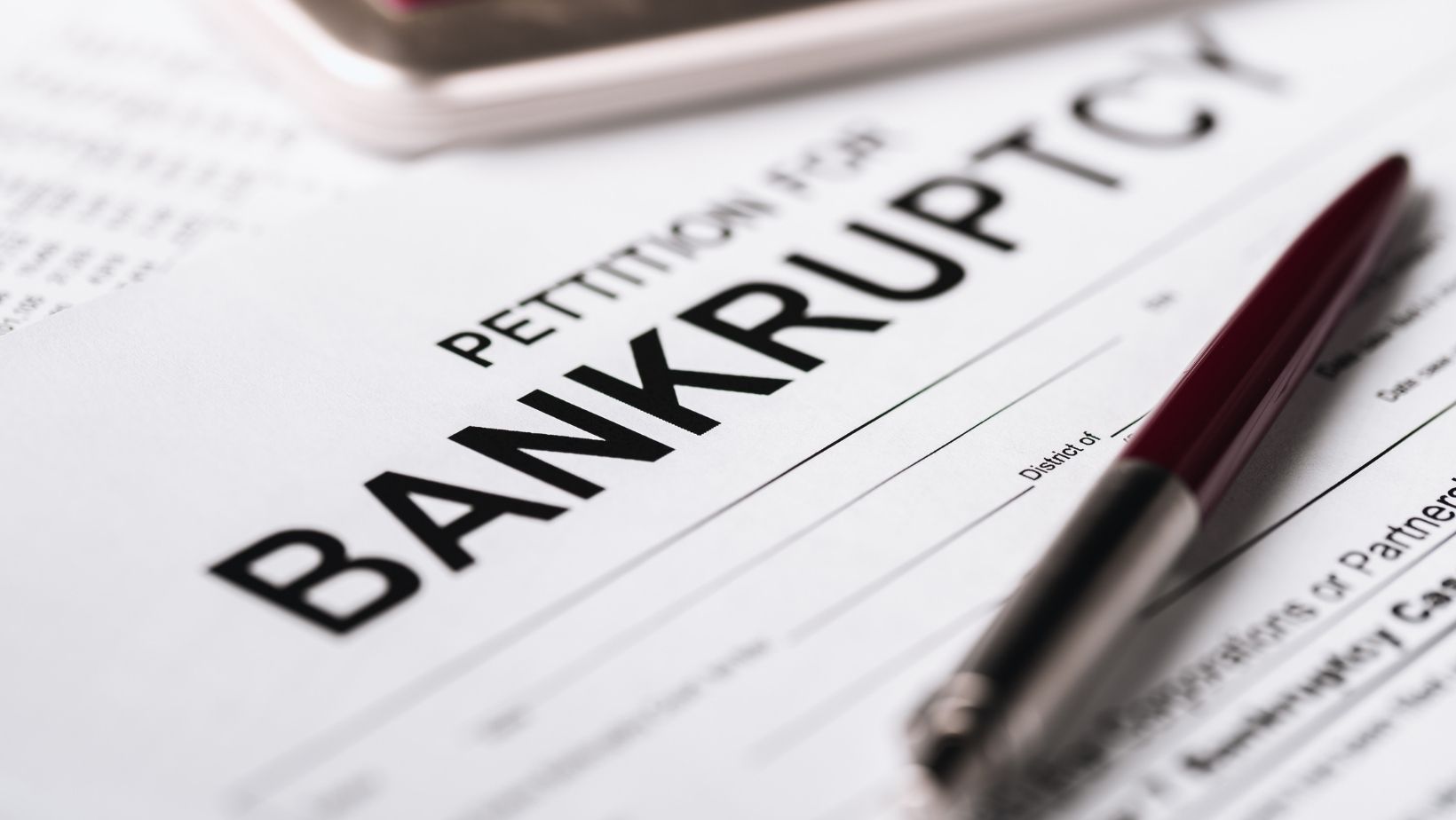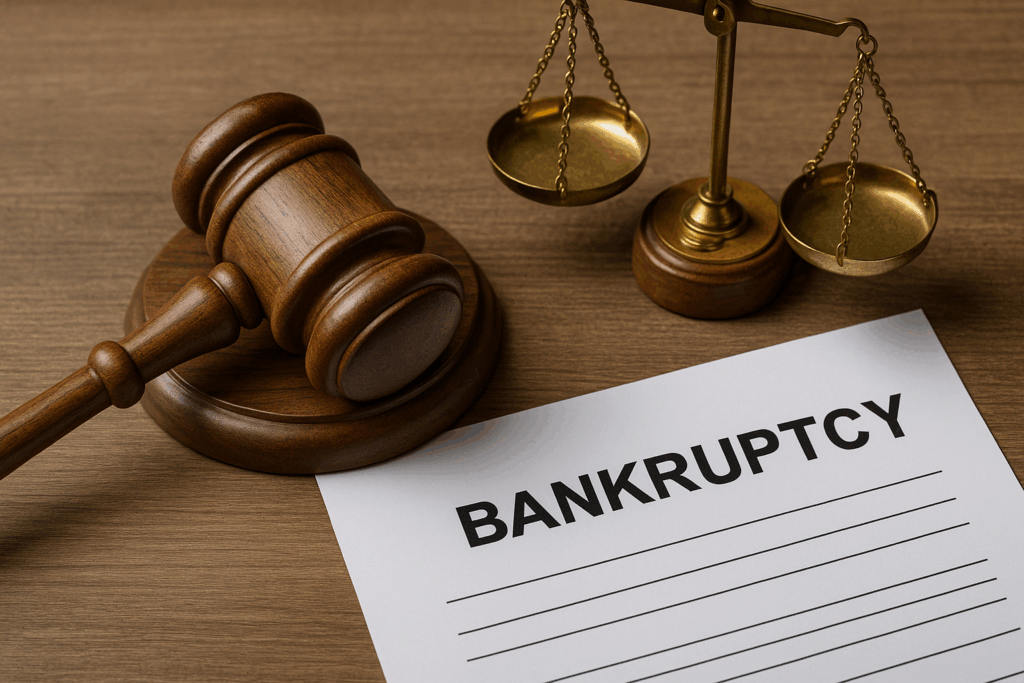Filing for bankruptcy in California can be a powerful step toward financial recovery—but it’s important to do it the right way. Many people make avoidable mistakes that delay their case, jeopardize their property, or even result in their bankruptcy being denied.
This guide walks through the most common pitfalls people face when filing bankruptcy in California—and how you can avoid them for a smoother, more successful experience.
- Choosing the Wrong Type of Bankruptcy
One of the first decisions you’ll need to make is whether to file under Chapter 7 or Chapter 13.
- Chapter 7 typically discharges unsecured debt like credit cards and medical bills but has income and asset limitations.
- Chapter 13 sets up a repayment plan over three to five years and allows you to keep more of your property if you have consistent income.
Choosing the wrong chapter could mean making higher payments than necessary—or putting important assets at risk. It’s important to understand which option aligns best with your income, assets, and long-term goals.
- Waiting Too Long to File
Many people delay filing in hopes that things will improve. Unfortunately, waiting can cause serious consequences:
- Foreclosure
- Wage garnishment
- Debt collection lawsuits
- Additional fees and penalties
Filing sooner rather than later can protect your assets, give you peace of mind, and help you start rebuilding faster.
- Transferring or Hiding Assets
Trying to move property out of your name or hide it before filing can lead to serious trouble. The bankruptcy court will review your financial activity and could deny your discharge if it finds signs of deception.
Potential consequences include:
- Denial of discharge
- Legal penalties
- Possible fraud investigations
Be completely transparent in your filing. List everything, even if you believe it’s not valuable.

- Running Up Debt Right Before Filing
Taking out credit cards or loans just before filing—especially for non-essential purchases—can be flagged as bad faith.
If the court believes you borrowed with no intent to repay, the debt may not be discharged, and your entire case could be affected.
Avoid major purchases or cash advances if you’re considering bankruptcy.
- Filing Without Professional Help
Filing on your own (also called filing pro se) might seem like a way to save money, but it often leads to mistakes such as:
- Incorrectly filed forms
- Missed deadlines
- Choosing the wrong set of exemptions
- Case dismissals
California has unique exemption rules and strict procedures. Having qualified legal help can make all the difference in protecting your property and ensuring your case is successful.
- Ignoring Mandatory Counseling Requirements
Before and after filing, you’re required to complete two courses:
- Credit Counseling before filing
- Debtor Education after filing
Failure to take these courses or submit proof can cause your case to be dismissed, even if everything else was filed correctly.
Be sure to choose an approved agency and keep your documentation.
- Not Listing All Debts and Assets
All of your financial information must be disclosed in your bankruptcy petition, including:
- Credit cards
- Medical bills
- Personal loans
- Property like cars, electronics, jewelry, or bank accounts
Leaving anything out—intentionally or accidentally—can delay your case or result in legal issues.
- Choosing the Wrong California Exemption System
California offers two exemption systems:
- System 1: Better for protecting home equity
- System 2: Ideal for people without significant real estate but who have personal assets
You must choose one system and stick to it. Selecting the wrong one could put certain property at risk unnecessarily. Understanding the differences and your financial priorities is crucial.
- Failing to Plan for Life After Bankruptcy
Bankruptcy can offer relief—but it’s also a chance to start fresh. Many people don’t take steps to rebuild their financial life afterward.
Start by:
- Building a realistic budget
- Tracking spending
- Rebuilding credit with secured cards or small loans
- Monitoring credit reports to ensure discharged debts are removed
These habits help ensure long-term success and prevent future financial challenges.
- Overlooking Alternative Solutions
Bankruptcy isn’t always the only option. Depending on your situation, other paths may be available, such as:
- Debt management or repayment plans
- Debt settlement
- Loan forbearance or modification
- Financial coaching
It’s important to fully explore your options before filing. In some cases, you may be able to avoid court altogether with the right guidance.
Final Thoughts
Filing bankruptcy in California can help you eliminate overwhelming debt and take back control of your finances—but only if it’s done right. Avoiding these common mistakes can be the key to a faster, less stressful process.
At U.S. Bankruptcy Help, we’re here to make the journey easier. We provide free, helpful resources to help you explore your bankruptcy options, understand your rights, and take confident steps forward.
Want to know which path is right for you?
Get free information today and complete our quick form—we’ll connect you with a qualified bankruptcy attorney in your area.
